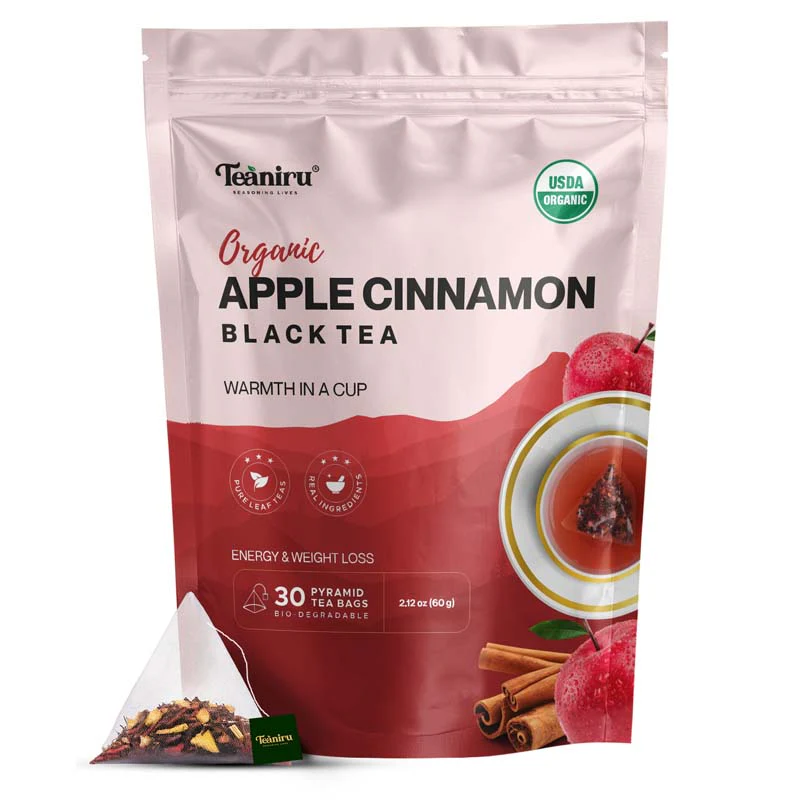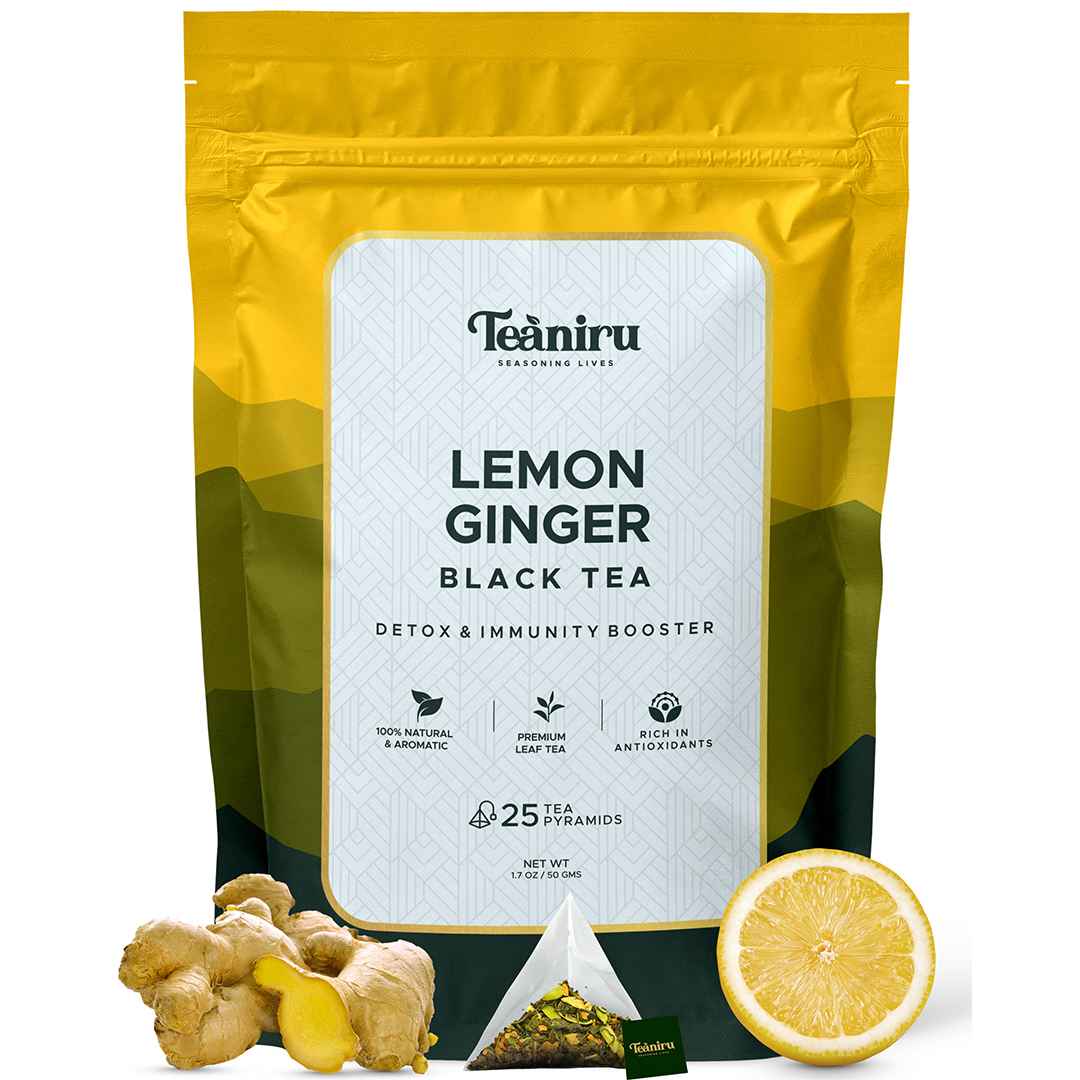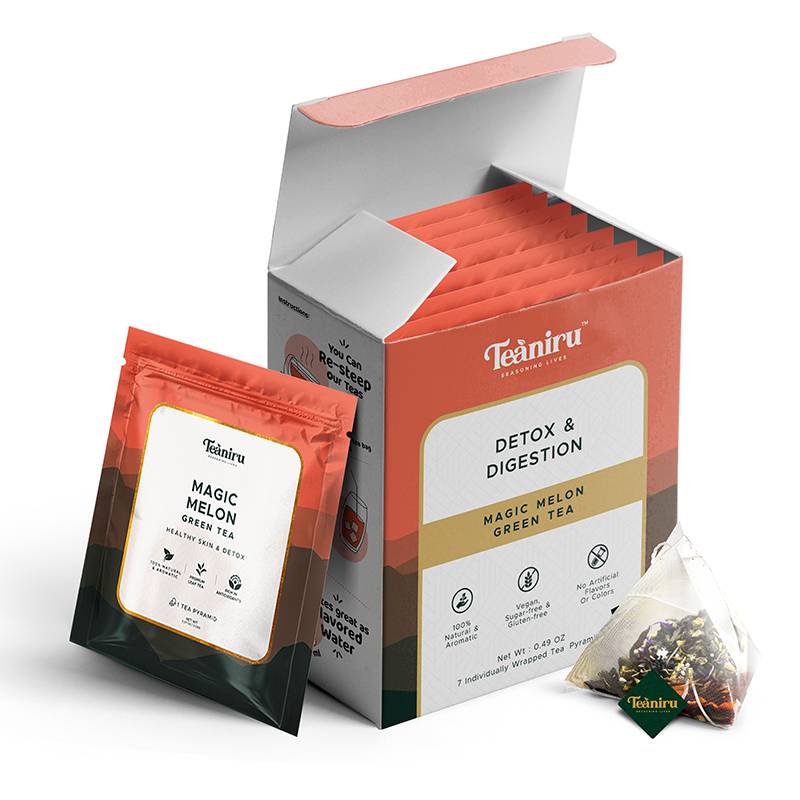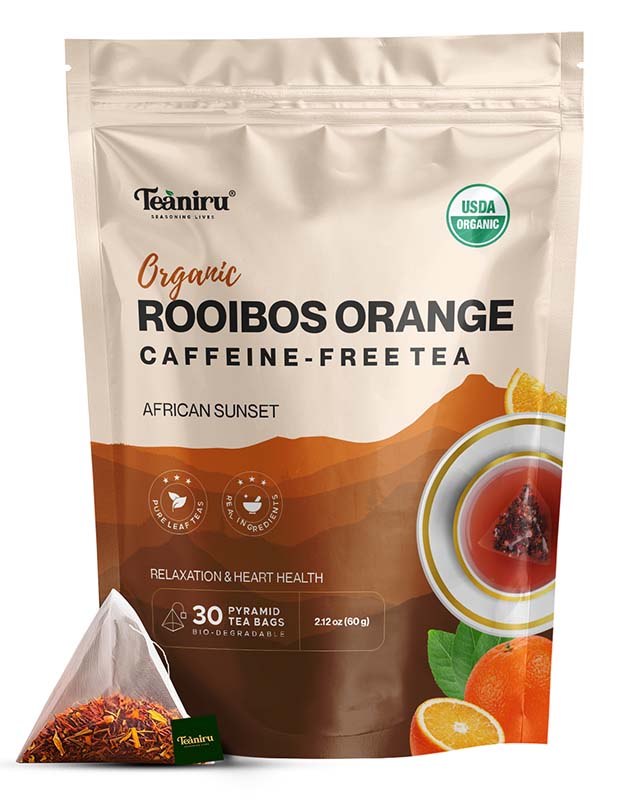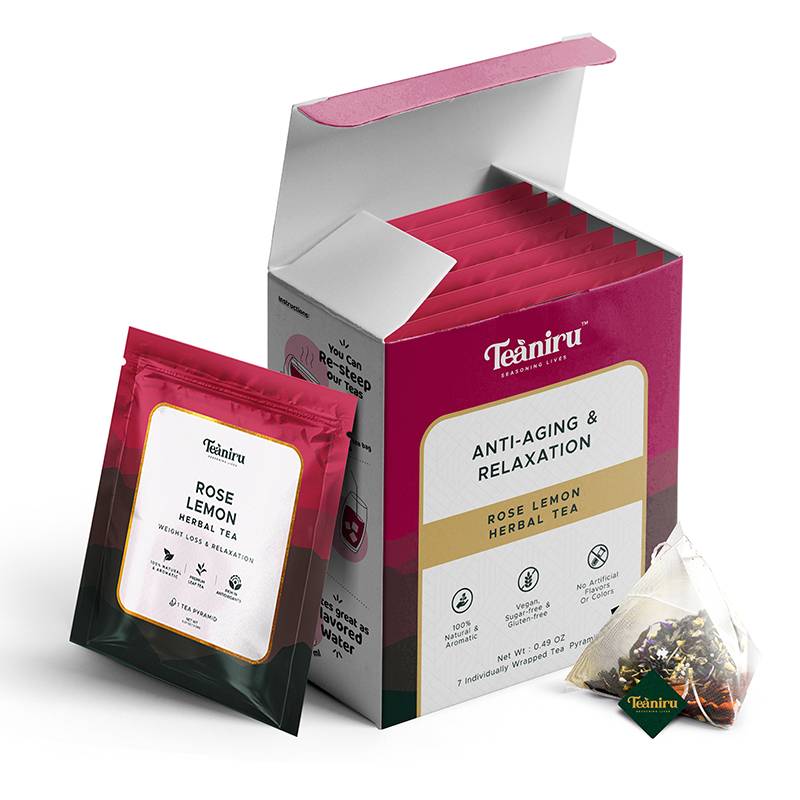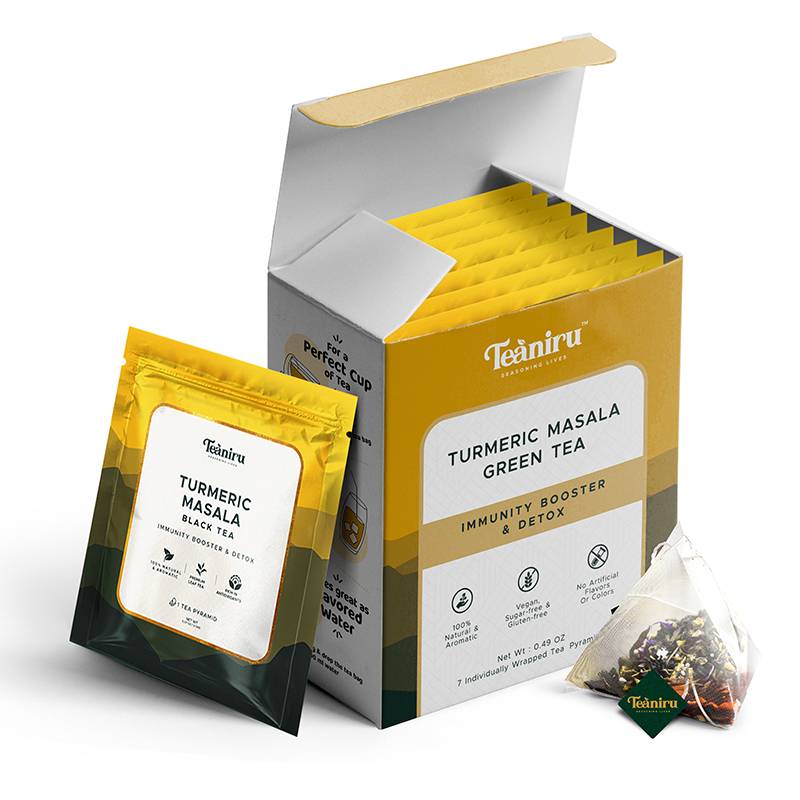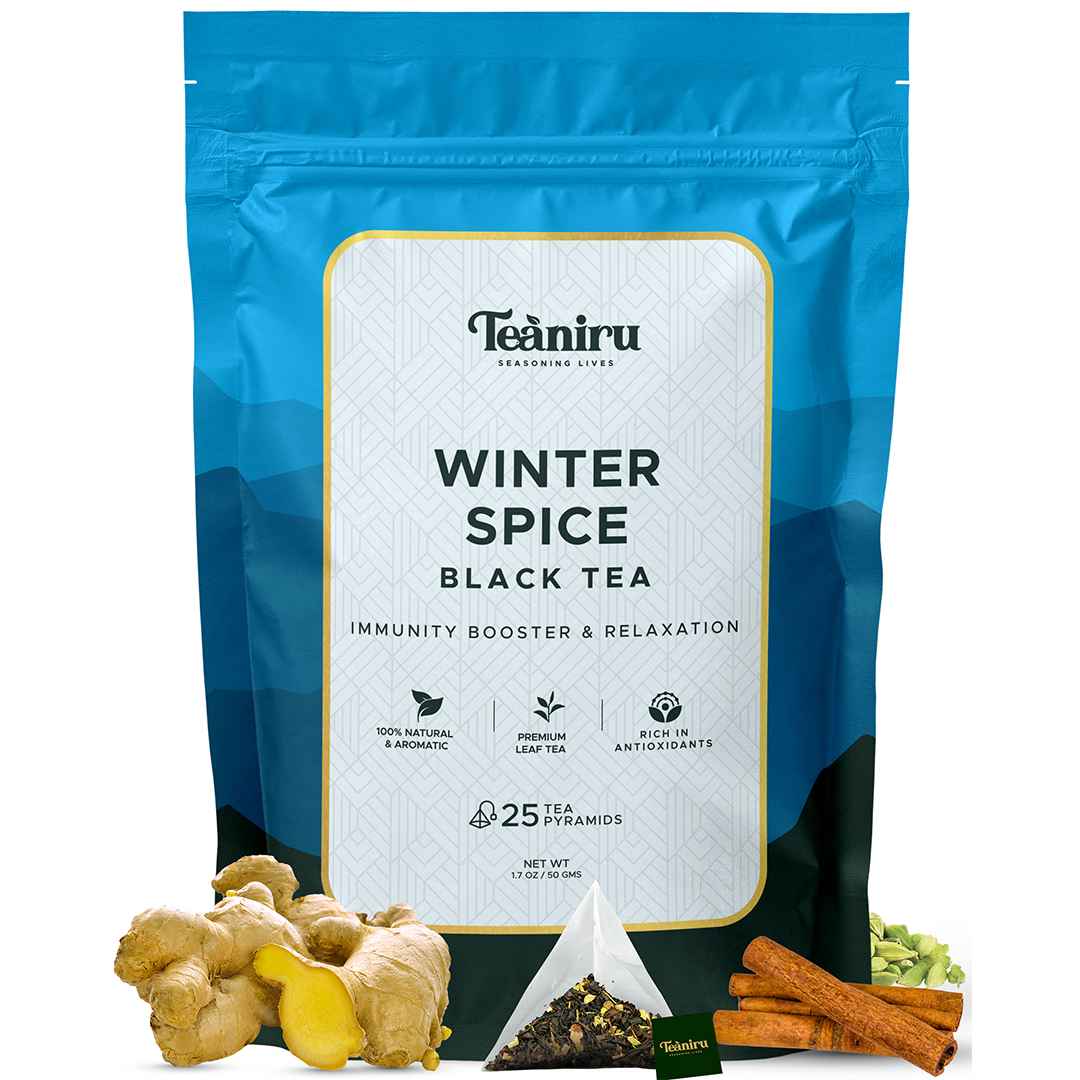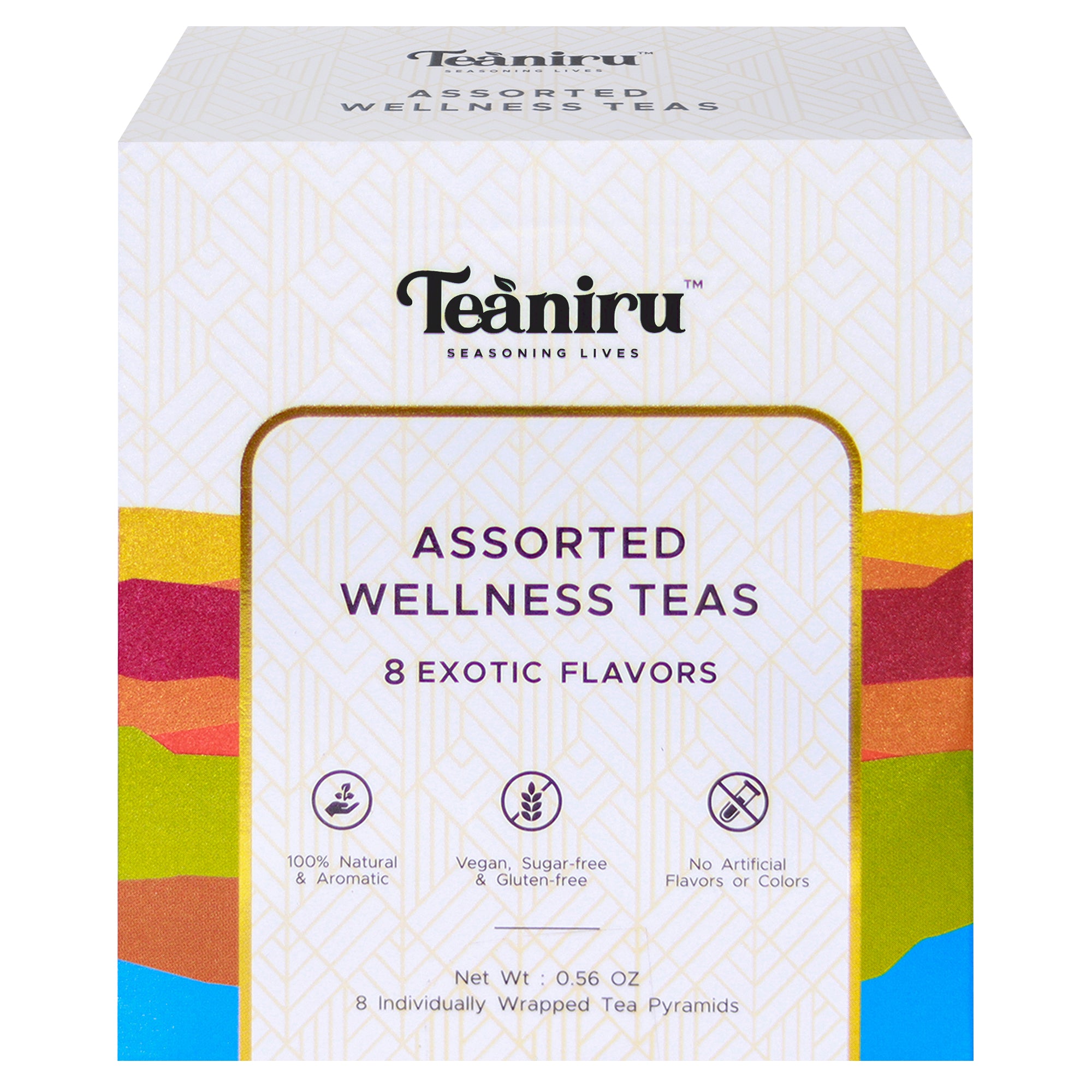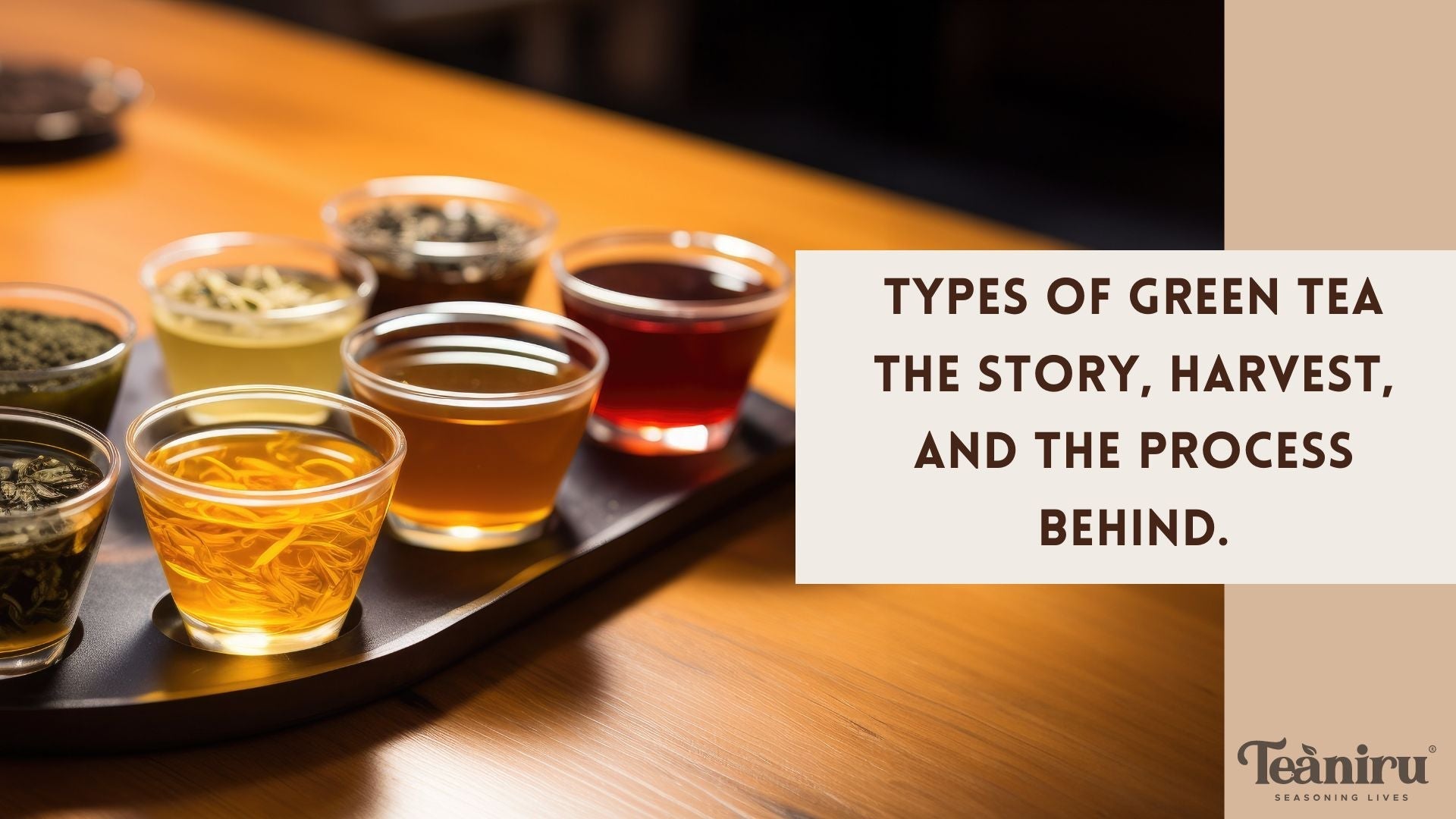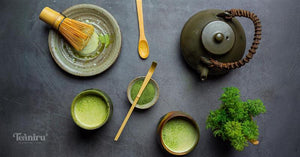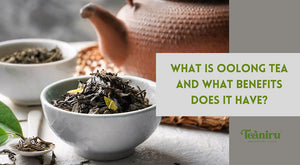You may also like
We're going to explore five popular types of green tea that will make your taste buds go wild. From the classic Sencha with its gentle flavors to the vibrant Matcha with its bright green color, we'll dive deep into the world of tea.
Join us for an unforgettable tea read, here you will learn the varieties and how it is harvested. And How is it processed?
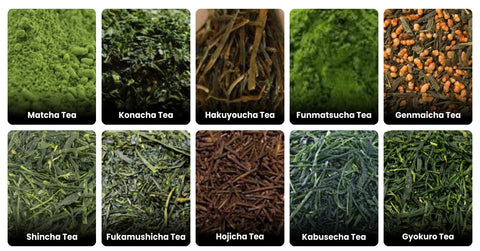
Matcha tea: Zen Ritual
Matcha tea has ancient origins in China during the Tang dynasty, when the practice of grinding tea leaves into powder emerged. Buddhist monks brought this method to Japan, and matcha became closely associated with Zen Buddhism in the 12th century.
It was valued for its ability to promote calm alertness during meditation. Matcha's popularity grew beyond the monastic community, reaching the samurai class and eventually the general public.
Japanese tea production began focusing on cultivating shade-grown leaves specifically for matcha. Stone mills were used to grind tencha leaves into a fine powder, preserving its quality.
The tea master Sen no Rikyū played a vital role in popularizing matcha and shaping the tea ceremony, emphasizing simplicity and mindfulness.
In recent years, matcha has gained global popularity, known for its unique flavor, vibrant green color, and perceived health benefits.
It is widely used in various culinary creations and enjoyed both in traditional tea ceremonies and modern settings, captivating tea enthusiasts worldwide.
Sencha tea: Culture of Japan
Sencha tea originated in 18th-century Japan during the Edo period. Influenced by Chinese tea production methods, steaming and pan-frying techniques were introduced, resulting in the development of Sencha.
It gained popularity for its milder taste compared to matcha and became accessible to a wider population. Sencha cultivation spread throughout Japan, with different regions producing their own variations.
Its refreshing flavor and affordability made it a part of everyday life, contributing to Japanese tea culture. In the 20th century, Sencha's popularity grew further with advancements in tea production and distribution, leading to global recognition.
Tencha Tea: Samurai Tea
Tencha tea, the precursor to matcha, has a rich history in Japan. It originated in the 14th century during the Kamakura period, influenced by Zen Buddhism.
Zen monks introduced tea plants and developed cultivation and processing techniques. Tencha tea was created by shading the plants, steaming and drying the leaves, and then grinding them between stones to produce a fine powder.
This tea became popular among aristocrats, samurai, and the ruling class, associated with Zen practices and tea ceremonies.
While sencha gained widespread popularity in the 18th century, tencha tea retained its prestige. In recent years, matcha, made from tencha, has experienced a global resurgence.
Its unique flavor, vibrant color, and perceived health benefits have captivated tea enthusiasts. Matcha is consumed in traditional ceremonies, culinary creations, and specialty beverages.
Today, Sencha is widely consumed and appreciated worldwide for its vibrant green color, refreshing taste, and health benefits. It is available in loose-leaf and tea bag forms, enjoyed hot or cold, and remains an integral part of Japanese tea culture.
Bancha tea: Tea From Post War
Bancha tea has a fascinating history and a significant place in Japanese tea culture.
Originating in Kyoto during the 17th century, bancha became popular among commoners who couldn't afford more expensive teas.
It is made from the larger, mature leaves harvested after the first flush. Bancha gained widespread popularity as an everyday tea due to its affordability and availability.
It became a staple in Japanese households, enjoyed with meals or as a casual refreshment throughout the day.
After World War II, bancha experienced a surge in popularity as a vital tea source during the post-war period.
Its health benefits, such as being rich in antioxidants and having lower caffeine content, further contributed to its popularity.
Bancha's versatility in brewing methods and its association with Japanese tea ceremonies and tea houses also play a significant role in its consumption. Today, bancha tea is enjoyed globally for its unique flavor and cultural significance.
Kukicha Tea: Stem Tea
Kukicha tea has a rich history rooted in Japan's tea culture, characterized by principles of sustainability and resourcefulness.
The tea's origins can be traced to the practice of utilizing discarded parts of the tea plant. Historically, the focus was on plucking and processing tender leaves for teas like sencha or matcha, leaving behind stems, stalks, and twigs as waste.
However, tea farmers and artisans recognized the potential of these parts and began experimenting with their processing.
By steaming and roasting the stems and twigs, they discovered that the resulting tea possessed unique flavors and qualities.
Kukicha, meaning "stem tea" in Japanese, became recognized as a distinct tea variety with a mild flavor, low caffeine content, and a unique composition.
Its popularity grew as it became widely consumed in Japan, appreciated for its soothing qualities, mild taste, and health benefits.
Kukicha's versatility in both hot and cold preparations, as well as its incorporation in culinary recipes, has contributed to its growing presence in the international tea market, captivating tea enthusiasts worldwide.
Shincha tea
Shincha, meaning new tea, is a Japanese green tea that comes from first harvest sencha during spring. Shincha comes from the best of the highly-coveted first-harvest leaves.
It’s only available in limited quantities during the springtime which makes it a prized tea. But green tea being a primary beverage, what did people do to get by until the next spring harvest?
They would roast the old tea or add roasted rice to preserve the freshness of their green tea. But nothing is better than that fresh umami green tea flavor, so tea lovers really looked forward to the April spring harvest.
The word "Shincha" was then used to differentiate this newly-harvested tea from the previous year's tea.
During winter, tea plants store minerals and nutrients, such as amino acids, which are then released into the various parts of the plant when it starts to bud. This provides shincha its characteristic sweet taste compared to other Japanese green teas, as well as a lower level of astringency.
Not only is shincha made from the best quality leaves, but it is also the freshest tea you can enjoy.
Gyokuro tea
The finest Japanese loose leaf green tea, Gyokuro, is shaded for about three weeks before the first harvest, similar to matcha. However, post-harvest, it's processed by rolling the leaves before being dried.
It has an attractive emerald-like hue with an unrivaled umami flavor that's highlighted by sweet overtones.
Gyokuro tea has a pale green hue, a sweet and grassy aroma, and a rich, full-bodied taste. Drinkers describe notes of seaweed, spinach, and steamed vegetables, with a lingering sweetness and a slight astringency.
The tea is typically enjoyed without any additives to fully appreciate its unique flavors. It is also popular among tea connoisseurs worldwide who appreciate its exceptional quality and distinctive taste.
Konacha tea
Konacha comes from small fragments sorted from sencha leaves, and has a very strong flavor compared to sencha. It’s traditionally known as the "tea of sushi restaurants.”, since it is commonly served at sushi restaurants in Japan.
It has a very strong flavor and dark cloudy green appearance.
It dissolves into the water wholly because of small bits and has many beneficial effects on your body. Nutrients and minerals in green tea help relax your nerves and open your arteries to avoid blood clotting and lower the cholesterol level.
This also prevents cell aging and slows down the early-aging disease in your body and makes you healthy.
Funmatsucha tea
Funmatsucha consists of tea leaves grounded into a powder.By drinking Funmatsucha you will have a greater intake of compounds found in tea. Fiber, for example, isn’t water-soluble so it’s not present in non-powdered tea.
The tea leaves are constantly exposed to sunlight (or shaded for less than 7 days). The leaves are usually harvested by machine, and then they are rolled, steamed, and dried.
After grinding the sencha using a machine or tea mill, you have sencha powder, also known as Funmatsucha.
Fukamushicha tea
This is a green tea that is initially steamed for a longer time than what it’s considered to be usual. The taste remains sweet and moderate with a rich fragrance. Fukamushicha has calming effects on the stomach and can be consumed in larger amounts.
Due to the longer steaming process, Fukamushi green tea leaves appear more fragmented and broken compared to other green teas. They also have a deeper green color and a powdery texture.
Fukamushicha tea is known for its rich and intense flavor profile. The extended steaming process releases more flavor compounds from the tea leaves, resulting in a deeper and slightly more astringent taste. It often has a vibrant and vegetal flavor. The aroma of Fukamushicha tea is also robust and refreshing.
Hojicha tea
Hojicha tea is a traditional green tea that stands out from other types due to its unique roasting process. Like matcha green tea, it is made from the leaves of the Camellia Sinensis plant, but Hojicha undergoes a roasting process that gives it a distinctive flavor, aroma, and appearance.
One special benefit that only Hojicha has comes from the chemical pyrazine, which is formed during the roasting process so it is absent in matcha. Pyrazine is what gives Hojicha its “roasted” scent, which we as humans tend to associate with pleasant things.
For example, pyrazine is also present in the aroma of brewing coffee, grilling meat, baking, and cocoa just to name a few. Besides giving Hojicha its wonderful scent, it also can expand blood vessels, sending more blood pumping through the body.
This increased blood circulation gently warms the body. People with poor blood circulation would particularly enjoy Hojicha.
Genmaicha tea
Genmaicha tea is a traditional Japanese green tea that is also known as “popcorn tea” or “brown rice tea.” It is made by combining roasted brown rice grains (Genmai) with green tea leaves (usually sencha or Bancha). This unique blend creates a distinctive flavor and appearance.
Back in the 15th or 16th century, the common people added roasted rice to their tea to make it more affordable and to extend the quantity of tea. The production process of genmaicha involves roasting the brown rice grains until they turn golden brown.
Then, the roasted rice is mixed with the green tea leaves. The rice imparts a nutty, toasty flavor to the tea, while the green tea provides a fresh, grassy note.
Hakuyoucha tea
Hakuyoucha tea is made from tea trees which have undergone a naturally occurring mutation that turned the colour of the leaves into a very pale shade of green. Sometimes, it is confused with white tea due to its appearance.
The two are positioned very far from each other, both in the sense that the production method differs greatly and in the sense that both the taste and flavour are completely different.
In addition to its unique appearance, Hakuyoucha boasts an incredibly sweet, savoury, and full-bodied taste, owing to its incredibly high levels of amino acids, and reduced amount of catechins.
Kabusencha tea
Kabusencha green tea is a traditional Japanese green tea variety known for its distinctive flavor and brewing process. Unlike other green teas, Kabusencha is made from leaves grown in the shade, which enhances its sweetness and umami flavor profile. This unique cultivation method results in a tea with a rich, earthy taste and a smooth, refreshing finish. Kabusencha is highly prized among tea enthusiasts for its delicate aroma and complex flavor profile, making it a popular choice for both casual sipping and formal tea ceremonies.
The Bottom line
Green tea has deep roots in various cultures, particularly in countries like Japan and China. By trying different varieties, you get to explore the traditions, rituals, and history associated with each type.
It's an opportunity to appreciate the cultural significance of tea and gain a deeper understanding of its place in society
Various types of green tea are processed in numerous ways and each has its own series of benefits. By integrating green tea in your lifestyle you can reap its countless health benefits while indulging in its delicious flavor and aroma.
Whether you prefer it hot or cold, pure or blended, green tea offers endless possibilities for enhancing your daily routine and embracing a healthier lifestyle.
